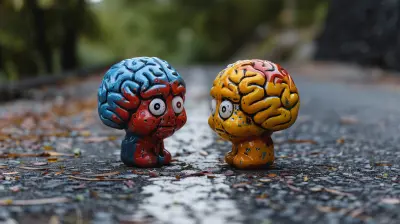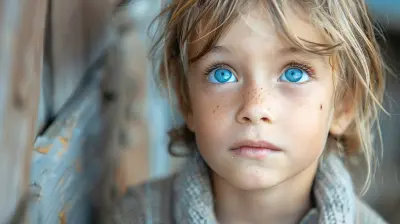The Link Between Childhood ADHD and Emotional Dysregulation
10 October 2025
Alright, let’s talk about two things that can turn a regular Tuesday into a full-blown emotional rollercoaster: childhood ADHD and emotional dysregulation. Sounds intense, right? But hang tight — we’re diving into this highly misunderstood duo in a way that’s easy to digest and maybe even a little bit fun. Promise.
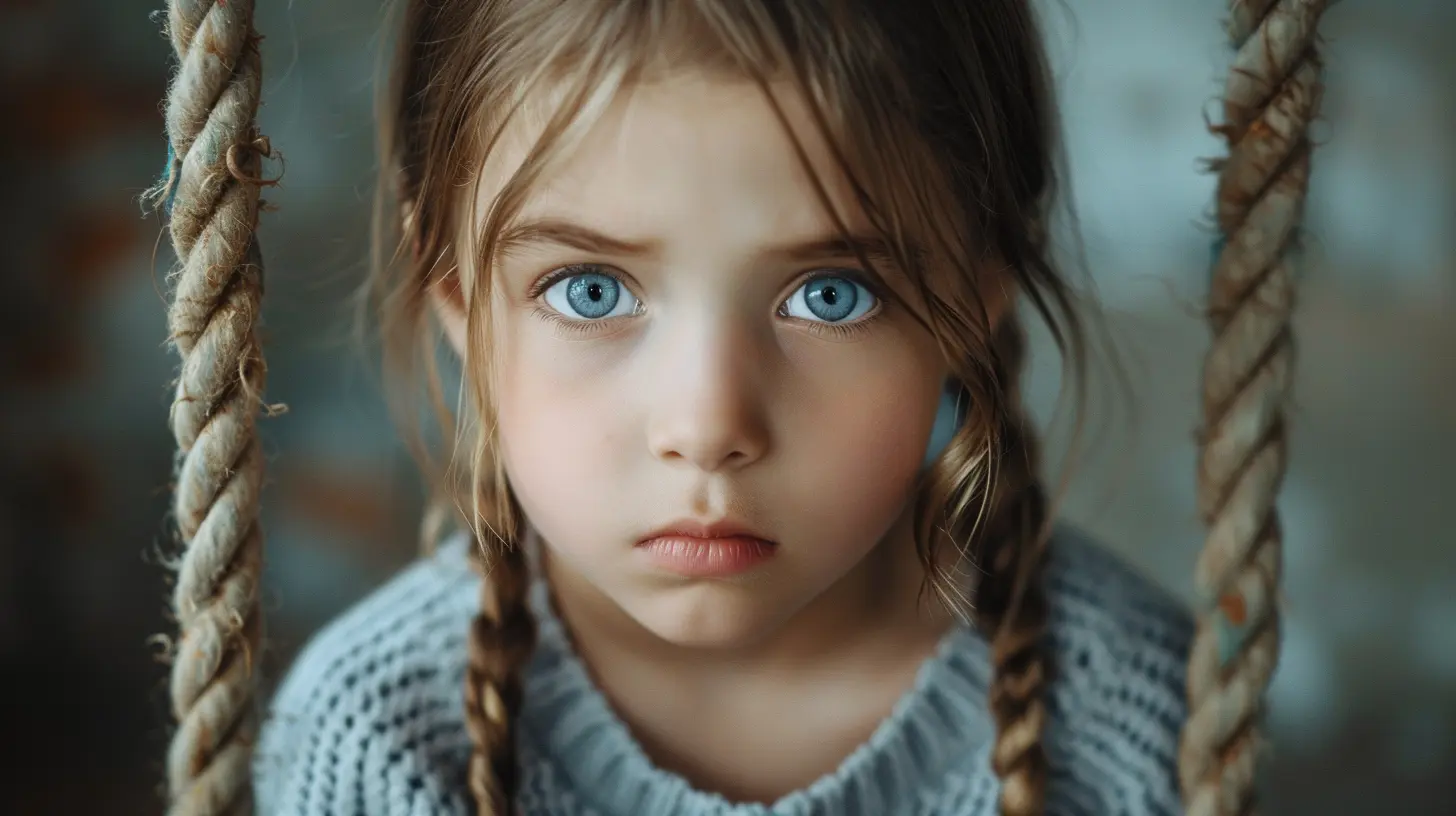
So, What Exactly Is ADHD?
You’ve probably heard of ADHD before — Attention-Deficit/Hyperactivity Disorder. It’s usually that kid climbing the walls (literally), interrupting every conversation or daydreaming through an entire math class. But it’s not just about being hyper or easily distracted. ADHD is a neurodevelopmental condition that affects attention, impulsivity, and yes, emotional control.And when it shows up in childhood? Whew! It's like adding rocket fuel to a go-kart — things can get real loud, real fast.
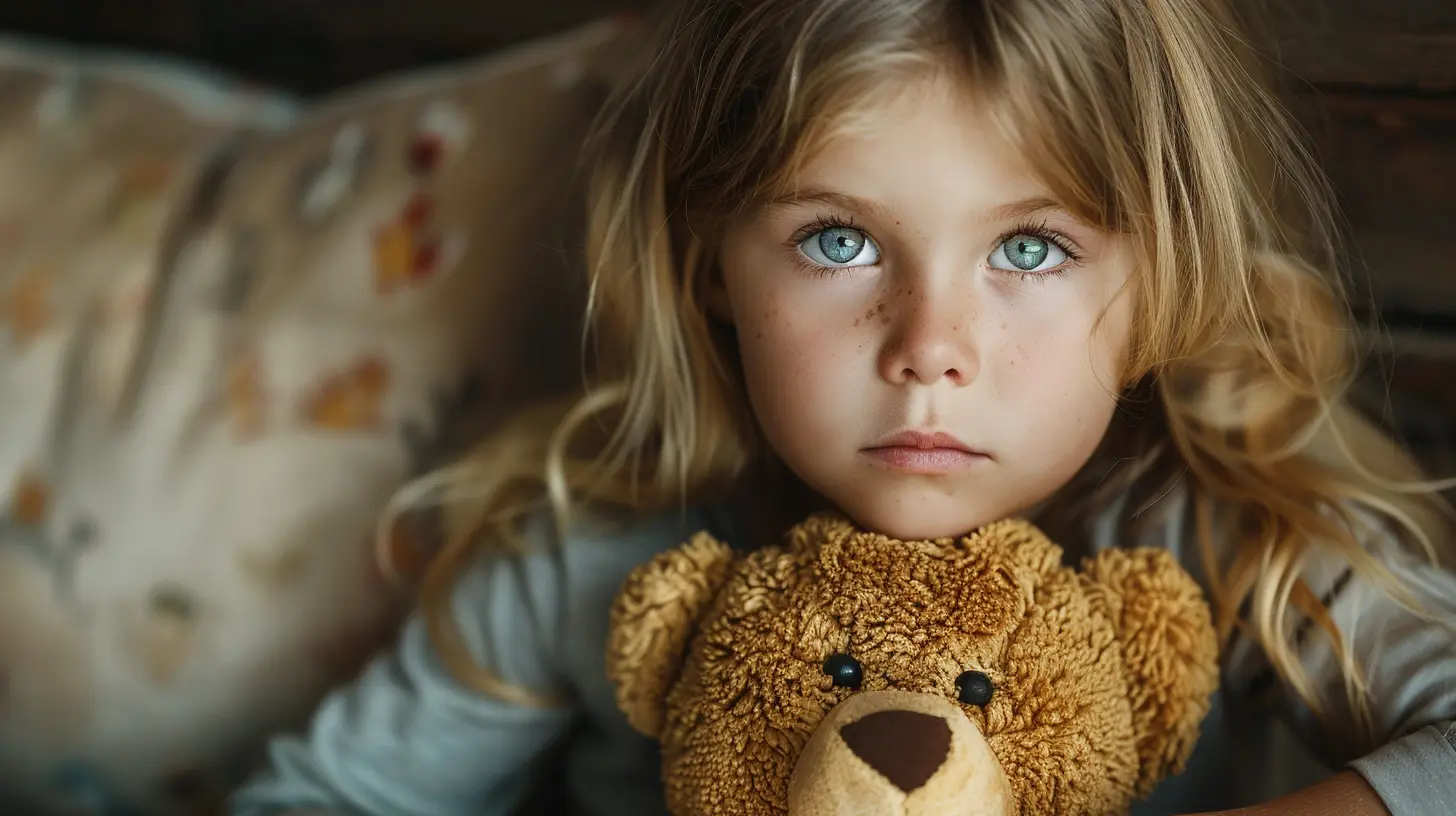
Emotional Dysregulation: The Storm Inside
Now, emotional dysregulation — that sounds like something out of a psychology textbook, right? But really, it just means having a tough time keeping your emotions in check.Everyone gets overwhelmed sometimes. We cry during commercials, yell at our GPS (looking at you, rerouting lady), or get unusually irritated at a broken shoelace. But when emotional reactions are intense, unpredictable, and tough to recover from? That’s emotional dysregulation.
For kiddos, that might look like explosive tantrums, over-the-top excitement, or crying like the world’s ending over spilled juice.
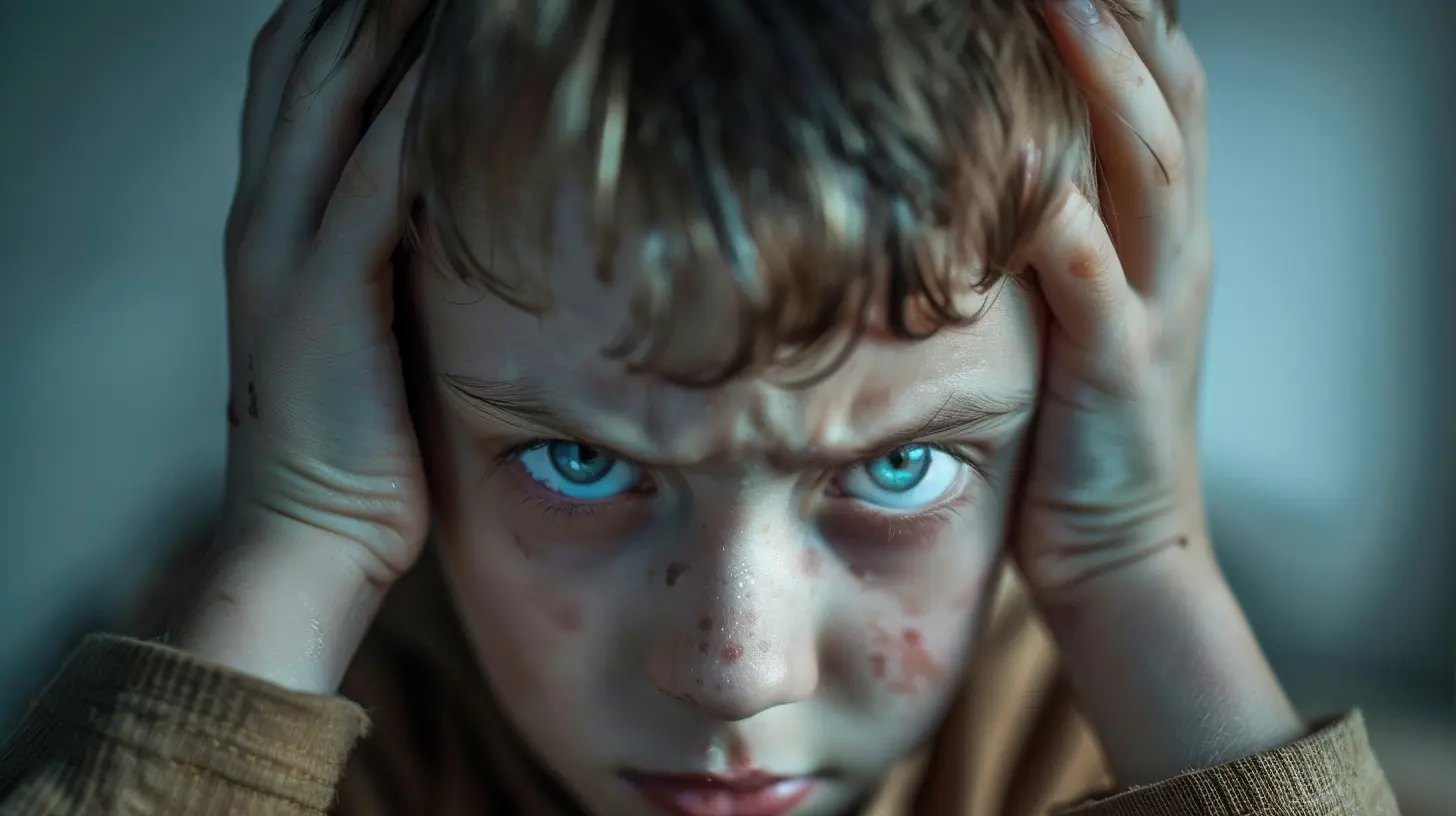
ADHD + Emotional Dysregulation = A Chaotic Combo
Here’s where things get spicy. Research — and more importantly, lived experiences — show a strong link between childhood ADHD and emotional dysregulation. It’s like peanut butter and jelly, but way less delicious and way more exhausting for both the kid and the grown-ups involved.So, what’s the deal with this dynamic duo? Let’s break it down.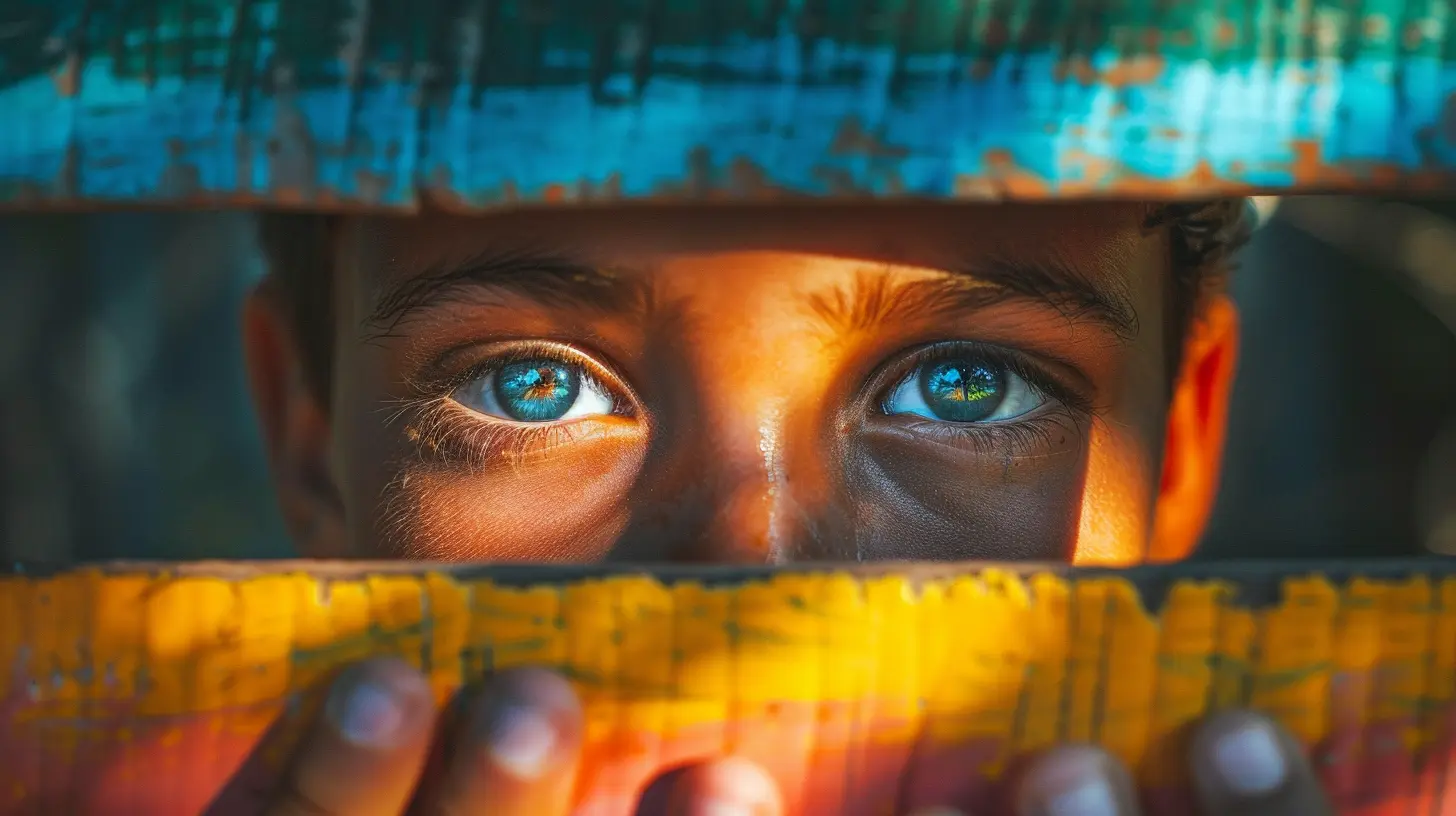
Why Do Kids With ADHD Struggle With Emotions?
Glad you asked.1. Brain Wiring Plays a Big Role
It’s not about the kid being “difficult.” ADHD literally affects how the brain functions. Think of it this way — the parts of the brain that help with emotional regulation (like the prefrontal cortex and amygdala) are either underdeveloped or not firing on all cylinders.Imagine trying to drive a car with faulty brakes. That’s what it’s like for a child with ADHD trying to stop an emotional meltdown.
2. Impulsivity Isn’t Just Physical
We often think of impulsivity as shouting out answers or running around like a squirrel on espresso. But impulsivity also affects emotions. Kids with ADHD might react before thinking. They feel first — intensely — and question it later (if at all).So when someone tells them “no,” instead of processing it calmly, BAM — instant explosion.
3. Rejection Hits Harder
Ever heard of Rejection Sensitive Dysphoria (RSD)? It’s common in kids with ADHD. This isn’t your run-of-the-mill “I didn’t make the team, boo-hoo.” It’s like rejection gets magnified through an emotional megaphone. A small criticism can feel like soul-crushing failure.Emotional dysregulation steps in when the child can’t bounce back from that critique. One second they’re laughing, the next they’re in a puddle on the floor.
Real-Life Signs It’s More Than “Just a Phase”
It's easy to brush off emotional outbursts as growing pains. But if your child’s reactions seem to go from 0 to 100 over tiny things, it might be time to zoom out and consider what’s going on underneath.Here's what it often looks like:
- Huge mood swings within minutes
- Overreacting to minor disappointments
- Difficulty calming down after getting upset
- Aggression when frustrated
- Super sensitive to feedback or correction
- Trouble making or keeping friends (because let’s face it, other kids get tired of tiptoeing around angry outbursts)
If this is sounding eerily familiar, you’re not alone.
But Wait… Is It ADHD or Something Else?
This right here is the plot twist.Emotional dysregulation isn’t exclusive to ADHD. It also shows up in anxiety, depression, trauma, and mood disorders. That’s what makes diagnosis tricky — like trying to solve a jigsaw puzzle with pieces from three different boxes.
Mental health professionals consider all possibilities. They’ll take into account behavior across environments (school, home, grandma’s house), talk to teachers, and maybe even use rating scales to get a clearer picture.
The Long-Term Impact (Spoiler Alert: It’s Manageable)
When left unchecked, the mix of ADHD and emotional dysregulation can create a stormy path. We're talking:- Strained relationships with family, teachers, and peers
- Low self-esteem, especially from constant criticism
- Academic struggles due to emotional distractions
- Higher risk of anxiety or depression later on
But the good news? There are ways to help.
Like, a lot of them.
Strategies That Actually Work
Now for the part everyone’s been waiting for: How do we help kids manage this emotional chaos without turning into drill sergeants or therapists ourselves?1. Therapy Isn’t Just for Adults
Cognitive Behavioral Therapy (CBT) is super helpful for kids with ADHD and emotional dysregulation. It teaches them to notice their feelings, pause before reacting, and respond in healthier ways.Bonus: It makes them feel more in control. And let’s be honest, we all like feeling in control.
2. Parent Training Is a Game-Changer
It’s not about being a “better” parent — it’s about being more equipped. Parent training programs help adults respond with calm, structure, and support instead of frustration and confusion.Think of it as learning to speak your child’s emotional language… without yelling.
3. Medication: Friend or Foe?
For some kids, ADHD meds (like stimulants) don’t just help focus — they also help with keeping emotions in check. They're not magic pills, but they can create just enough space between a feeling and a reaction.Talk to your child’s doctor about what makes sense.
4. Routines = Emotional Safety
Kids with ADHD thrive on routine like plants thrive on sunlight. Consistent schedules reduce surprises, which means fewer emotional landmines. Keep mornings, meals, and bedtimes predictable.Trust me, it’s not boring — it’s heavenly.
5. Validate, Don’t Minimize
When your kid is crying over the wrong color plate, your first instinct might be to say, “It’s not a big deal.” But pause. For them, it is.Try: “I see you’re really upset. Want to talk or take a break together?” It helps them feel seen instead of shamed.
6. Teach Emotional Vocabulary
The more words kids have for feelings, the better they can express them instead of acting them out.Get creative — use charts, storybooks, emoji cards, or even pretend-play scenarios. The goal is to move from “I’m mad” to “I’m frustrated because my sister knocked over my tower.”
What About School Life?
Ah yes, the classroom — where structure meets chaos. Teachers are often the first to notice signs of either ADHD or emotional dysregulation. And when both show up? Buckle up.But with the right support like IEPs (Individualized Education Programs) or 504 plans, kids can get tools like:
- Breaks during overwhelm
- Safe spaces to cool off
- Simplified instructions
- Positive behavior support systems
It’s not about giving them a “pass.” It’s about giving them a fair shot.
Final Thoughts: Progress Over Perfection
Parenting or teaching a child with ADHD and emotional dysregulation is not for the faint of heart. There will be setbacks, outbursts, and days when you seriously consider moving to a remote island.But here’s the thing: emotional regulation is a skill. And like any skill, it can be developed with patience, tools, and a lot (a LOT) of deep breaths.
So whether you’re a parent, teacher, or curious onlooker — remember this: the wild emotional ride of ADHD doesn’t last forever. With the right guidance and support, kids learn to steer the ship instead of getting lost in the storm.
And maybe one day, they’ll look back and realize these “big feelings” helped them become emotionally intelligent, resilient grown-ups.
Now go pour yourself a coffee — or a glass of wine, no judgment — and give yourself some credit.
You’ve got this 💪.
all images in this post were generated using AI tools
Category:
Psychological Disorders In ChildAuthor:

Eliana Burton
Discussion
rate this article
1 comments
Wendy McKellar
Fascinating connection! I'm intrigued by how early experiences shape emotional responses later on.
October 19, 2025 at 4:07 AM

Eliana Burton
Thank you! It's indeed captivating how our early experiences can profoundly influence emotional development, particularly in the context of ADHD.
